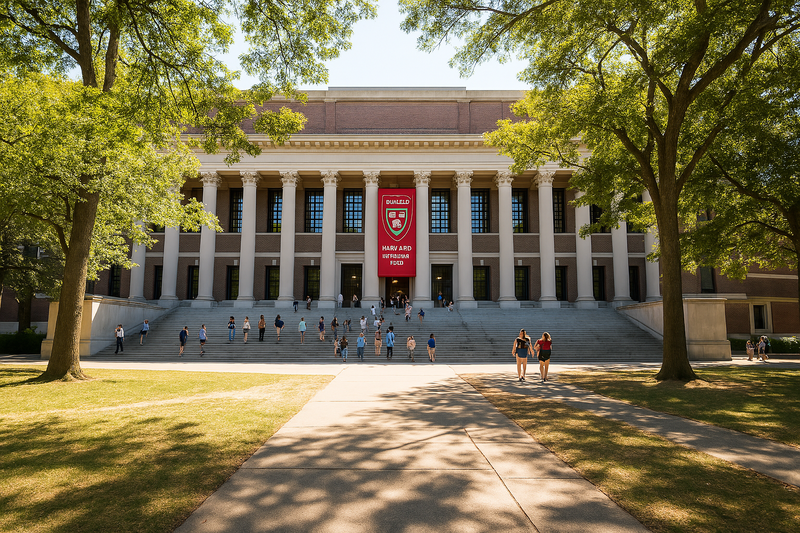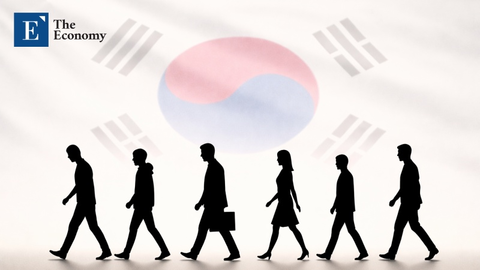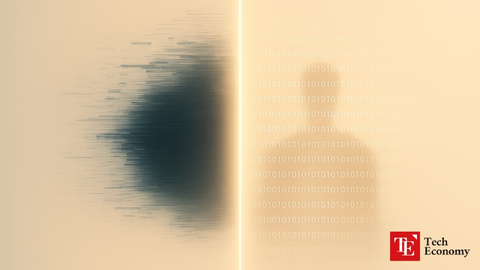The Web of Control: Higher Education Under Siege
Input
Modified
The web tightens across classrooms. Academic freedom slips Institutions caught in political nets.
Universities once stood as pillars of independent thought. Today, they find themselves straining under the weight of state control, political pressure, and federal overreach. From educational gag orders to frozen grant funding, these shifts signal a transformation in how higher education operates and what academic freedom truly means in America’s current political climate.

State Laws Weaving a Snare Around Universities
In 2025 alone, legislators in 26 states introduced more than 70 bills aimed at restricting higher education. Of these, 22 became law in 16 states, bringing policies that interfere with faculty governance, classroom content, and institutional autonomy. Known as “educational gag orders,” these laws prescribe what can and cannot be taught, sometimes even mandating state-prescribed civics courses. More than one in three Americans now reside in states where these restrictions are in force, signaling a dramatic shift in the relationship between government and academia.
The reach of these laws extends beyond direct censorship. Some bills weaponize accreditation by threatening institutional independence. Others dismantle faculty power by requiring governing boards to oversee tenure decisions. The cumulative effect is a chilling atmosphere for academic inquiry. As one critic remarked, this “precipitous climate” brings free expression on campus to a near standstill.
Harvard vs. Trump: A Battle for Academic Autonomy
Meanwhile, Harvard University is the focus of a high-stakes showdown with the Trump administration. After refusing to comply with sweeping demands ranging from governance restructuring to changes in student disciplinary policies, Harvard faced a USD 2.6 billion research funding freeze and a threat to its tax-exempt status. The administration also sought to block international students from enrolling.
Campaigning for federal settlements, reportedly as high as USD 500 million, has been denied by the university’s president. Harvard insists that academic freedom is non-negotiable. In contrast, Columbia University has settled for USD 221 million, accepting increased oversight and behavioral mandates. This divergence makes clear the stakes: universities must choose between survival under watchful political eyes or a costly legal stand that could inspire peer institutions across the nation.

The Broader Eclipse of Academic Freedom
These dual pressures from state legislatures and the executive branch converge to impose a framework of control over higher education. Republican-governed states, such as Texas, are pushing sweeping reforms that give political appointees the final say over curriculum, faculty hiring, and accreditation. The resulting legal constraints mirror federal tactics that freeze funding or manipulate program criteria, leaving both public and private institutions vulnerable to these strategies.
Across campuses, administrators, faculty members, and students are grappling with a new reality. Autonomy is no longer intrinsic. The threat now comes from all levels of government, justified under ideals such as neutrality, civic engagement, or reform. However, as these pressures intensify, the essence of higher education, learning without reprisal, may erode irreversibly.
Ultimately, the question is not whether institutions can adapt; rather, it is whether they can adapt effectively. It is whether any university can survive intact, unchanged by a web of control that constricts both governance and thought.





















